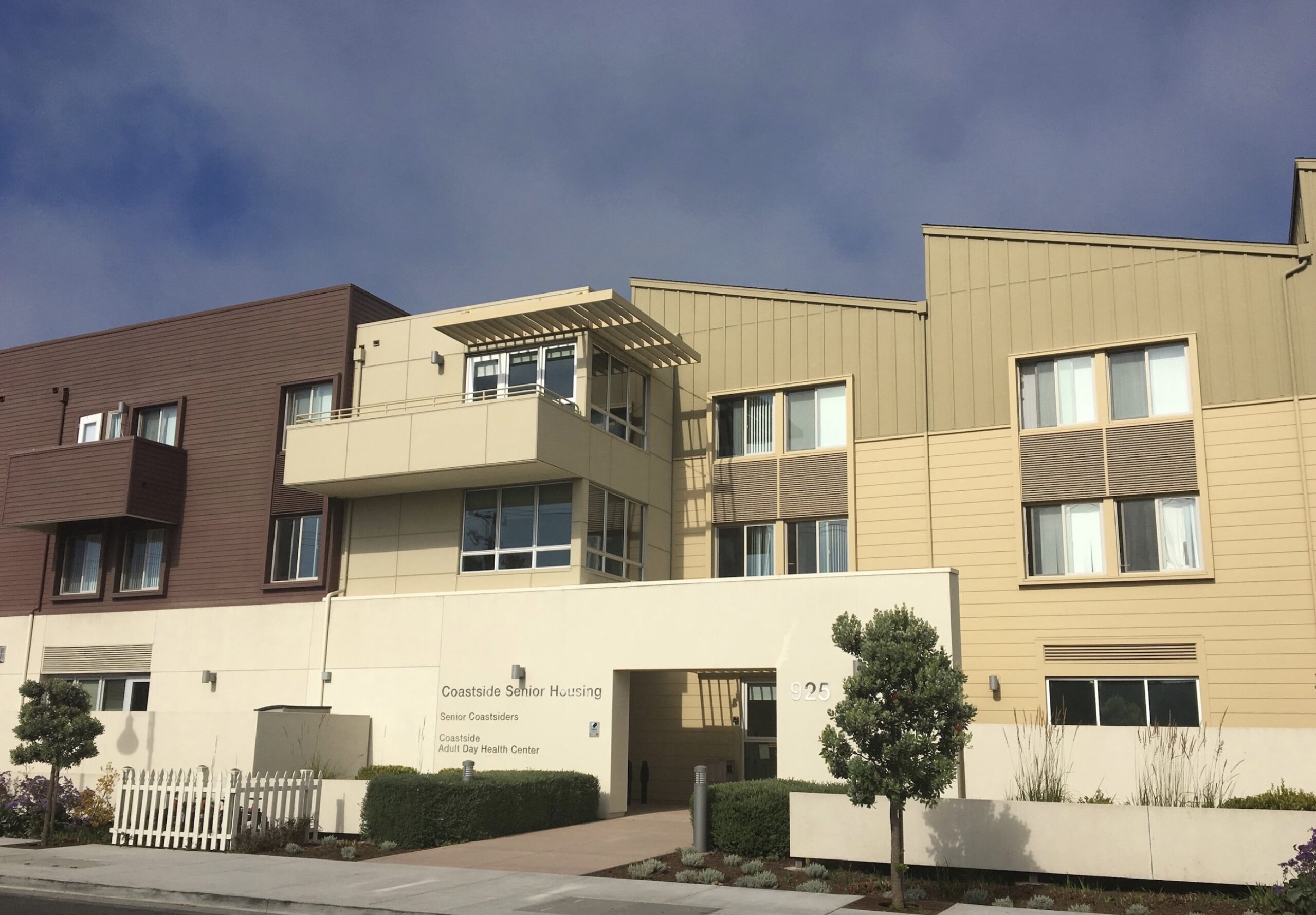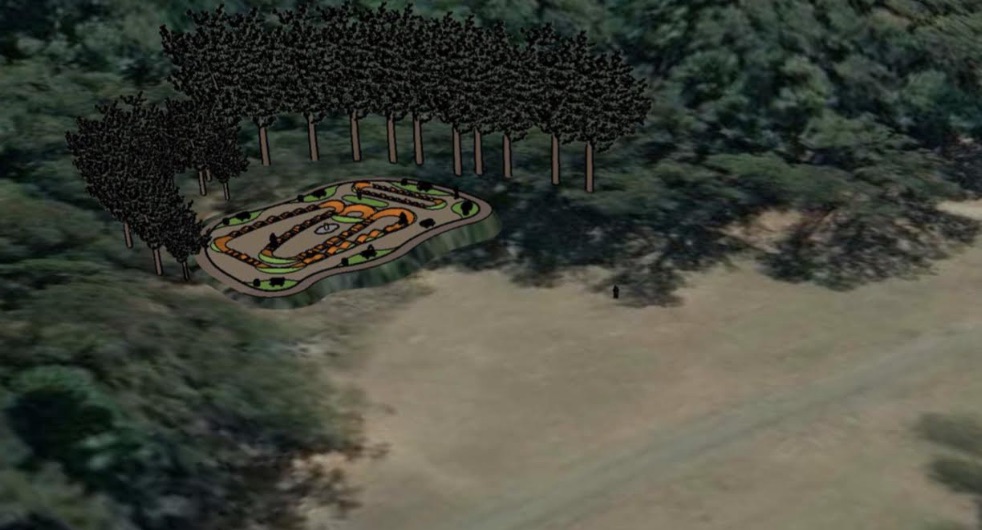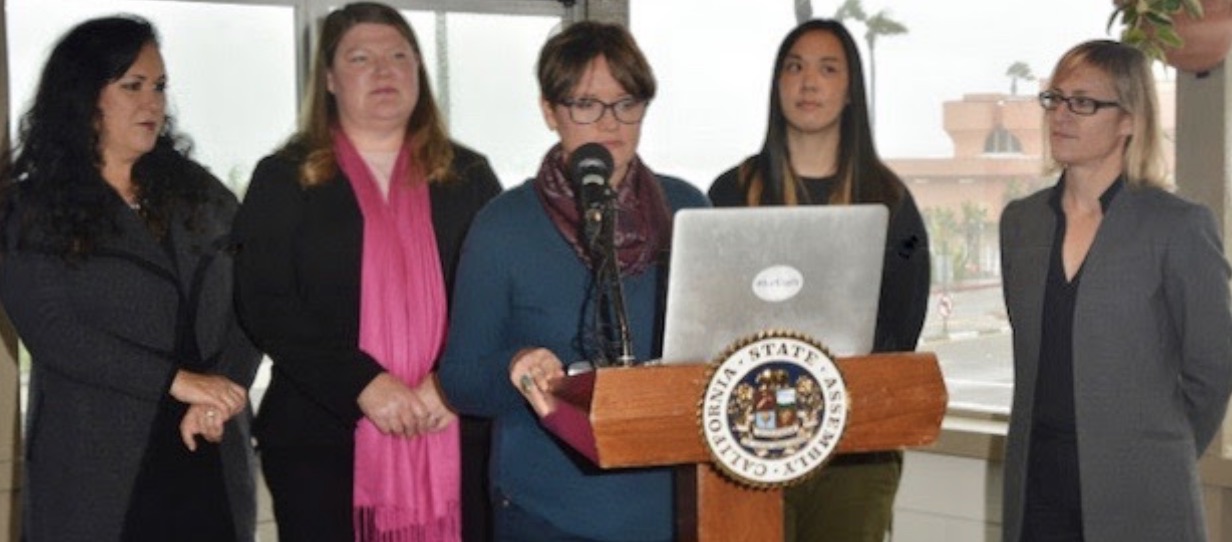|
Getting your Trinity Audio player ready...
|
ARTICLE. From Sandi Winter, Executive Director for Senior Coastsiders on January 31st, 2024. Sign up to receive “The Beacon”.
Senior Coastsiders “The Beacon” February 2024
I’ve shared this statistic before and do so again because I find it mind boggling – demographers predict that 50% of children who are aged 5 years old now will live to be 100! This is the future to which my grandchildren can look forward. Right now, in the US there are over 100,000 centenarians, according to the Census Bureau, and that number is projected to more than quadruple to 421,000 by midcentury. Will these extra years of life be lived in good physical and mental health and be filled with opportunities to create, contribute, and connect? The tremendous advances in medical science and technology we’ve experienced in the past are likely to continue which gives cause for optimism, but there is work to be done in other areas.
Most older adults say they want to “age in place”. In the years ahead we need to embrace different models for older adult housing. The Senior Housing Campus we have here on the Coast in which the housing is provided by three independent nonprofits with Senior Coastsiders and Coastside Adult Day Health Center offering programs and support for older adults with differing physical and mental health capabilities is somewhat unique. Multi-generational housing refers not only to different generations living in the same household, but housing developments with homes for families and seniors. Senior cohousing is a type of communal living that combines private homes with clustered and shared living spaces. Home sharing allows older adults to rent out spare rooms to individuals looking for an affordable place to live, sometimes including an exchange of household chores for a reduced rent. Dementia villages are gaining in popularity around the world. These pioneering care facilities are laid out to function as a regular village. Residents within these centers live their lives as unrestricted as possible with access to restaurants, shops, hairdressers and other amenities like theatres and courtyards while receiving services and support from caregivers who often live on-site. Advances in technology that support aging in place include voice activated Smart home automated systems, remote home monitors and sensors, GPS tracking devices, virtual reality experiences and mobile applications for medical care.
Essential to aging in place are adequate home and community-based services. These include home health care, case management, congregate and home delivered meals, transportation, minor home repairs, financial and legal services, and hospice care – to name a few. These services are delivered by senior serving organizations such as ours and by paid and unpaid family caregivers. There is a shortage of paid caregivers who are often undervalued, paid low wages with minimal benefits, and work long hours doing physically and mentally demanding work. Family caregivers (who are often older adults themselves) face financial strain, emotional and physical stress, lack of privacy, difficulty managing all the demands on their time, sleep deprivation and depression and isolation. AARP’s recently updated “Valuing the Invaluable” report estimates that family caregivers provided 36 billion hours of unpaid care worth $600 billion in 2021!
If an older adult can no longer age in place with the support of home and community-based services and requires institutional care, the high costs can lead to financial ruin. The National Commission on Aging estimates that 80% of older adults are financially struggling today or are at risk of falling into economic insecurity as they age. As a result, many older adults are working past the traditional retirement age, helped by generally improved individual level health status and more flexible work schedules and environments. The upside of a longer work life includes increased lifetime income, more social engagement, and opportunities for bi-directional inter-generational mentorship. In California the recently introduced CalSavers program provides a mechanism for all workers without access to a work-related retirement savings plan to save for their retirement. Savers contribute a portion of each paycheck to their own Individual Retirement Account (IRA) and decide how much to contribute and where this money is invested. Hopefully this will help centenarians of the future.
It’s more important now than ever before that young people make smart choices to set themselves up for century long lives – their lifestyle behaviors, education, career choices, financial planning, and relationships.
My great grandmother lived to be 104 so I have “good genes”. I’m also committed to other factors associated with healthy longevity such as remaining physically active, spending time outdoors and having strong connections with family and friends. I hope to reach 100 – what about you?





